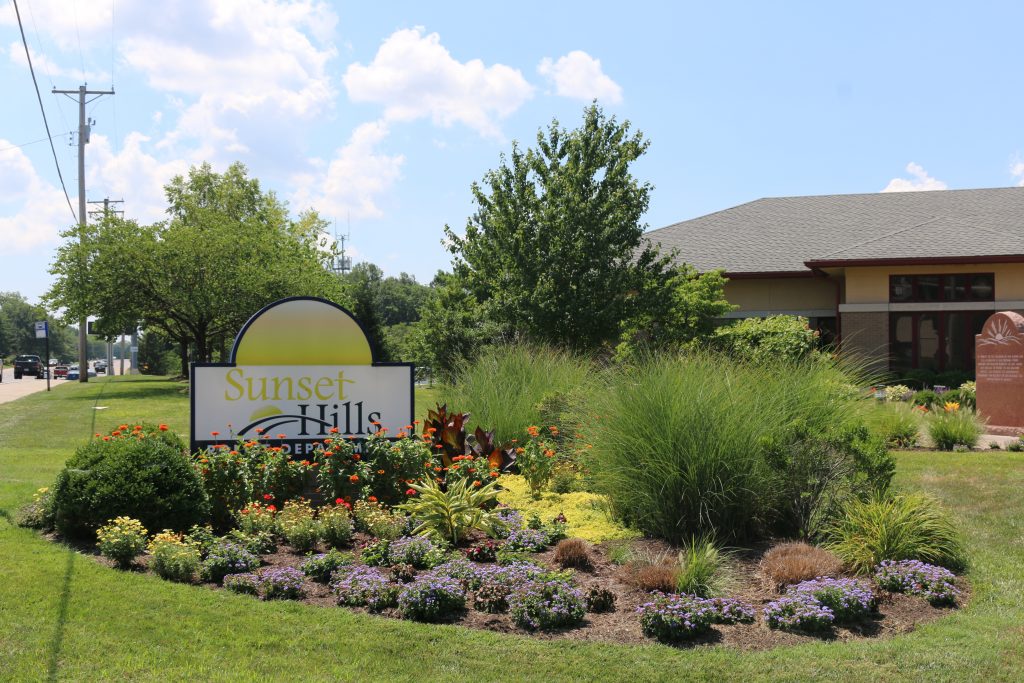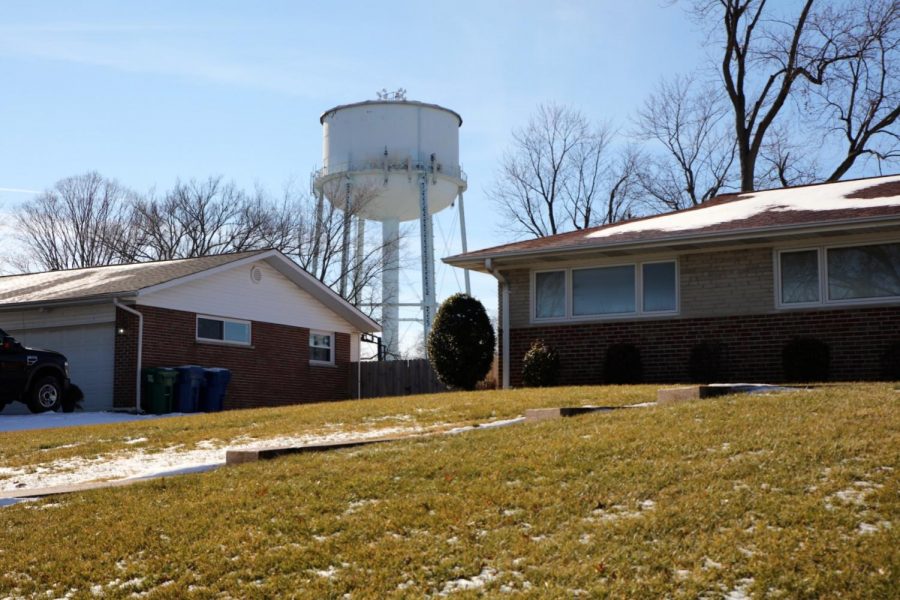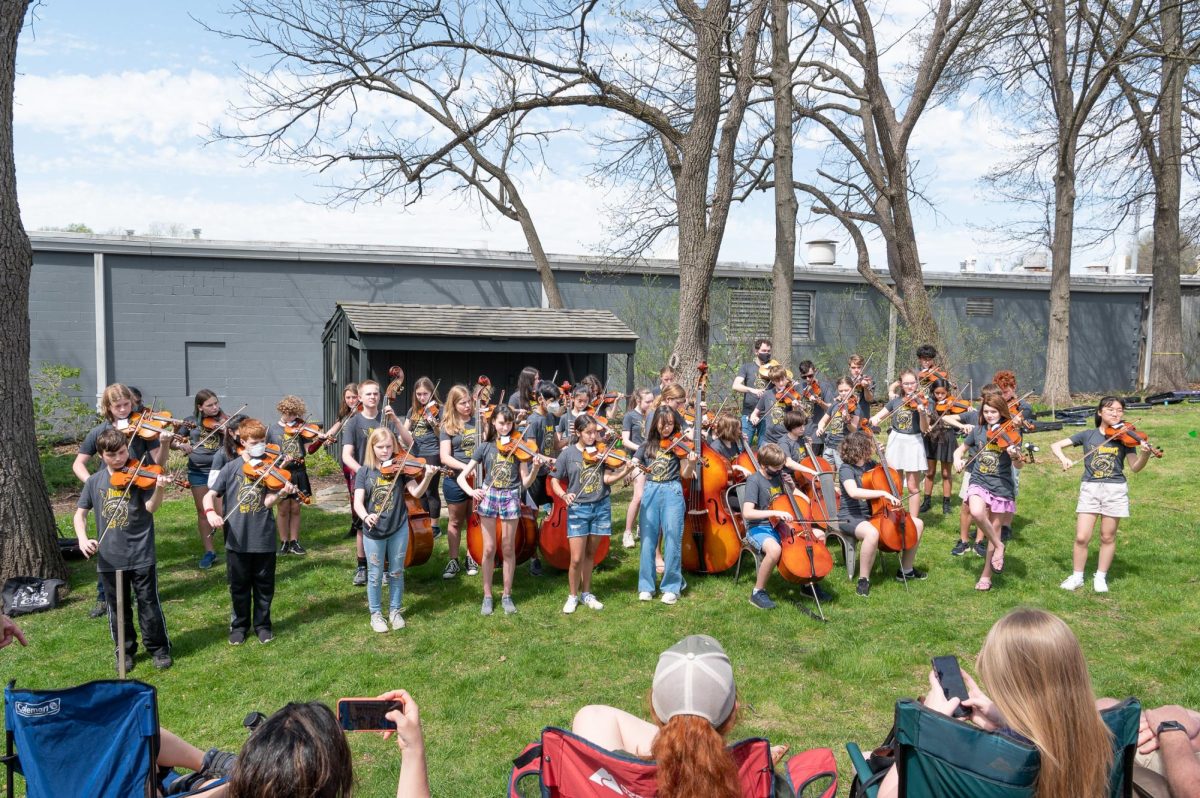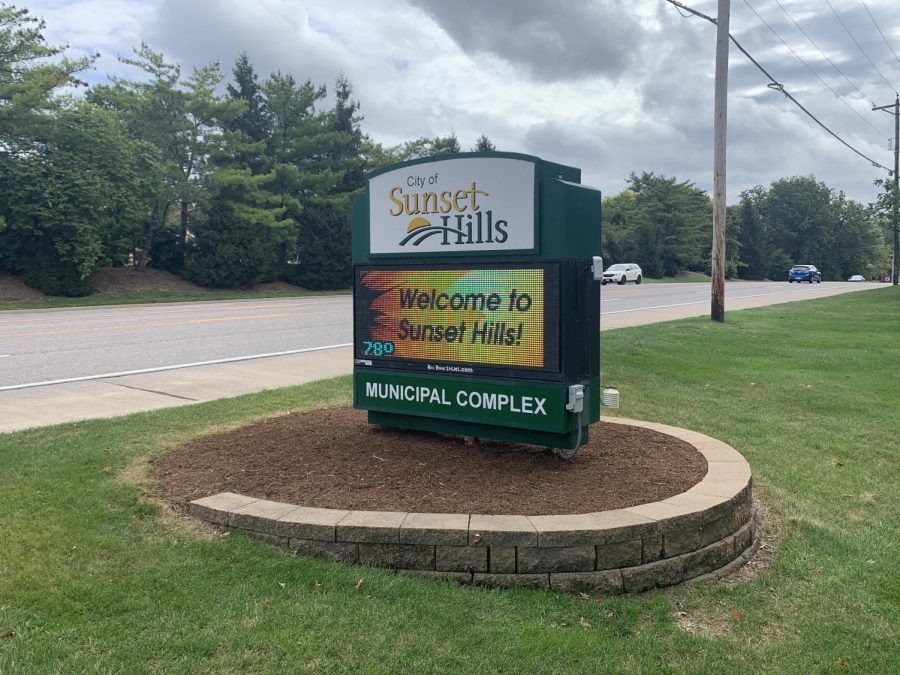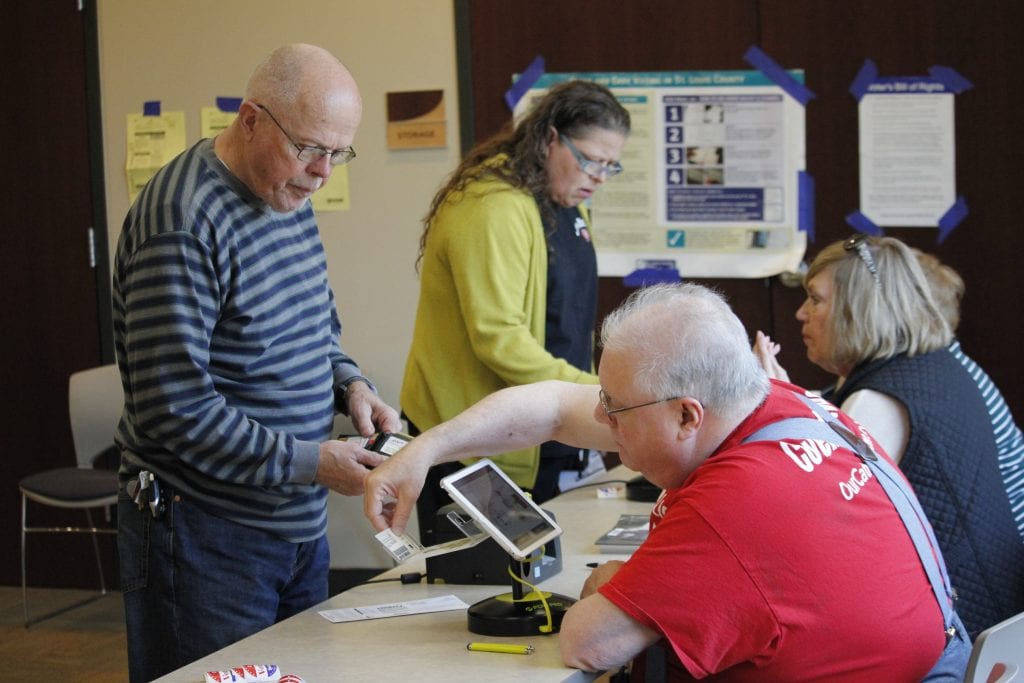By Gloria Lloyd
News Editor
glorialloyd@callnewspapers.com
The rewrite of the Sunset Hills zoning code has some critics, including members of the Planning and Zoning Commission, wondering if the new code will make it easier for developers to build cluster homes.
So far, the zoning code is just a draft, which will have to be approved by the planning panel and then the Board of Aldermen. Residents can also offer their input to city officials.
The code reduces the number of zoning districts in the city from 17 to nine, mostly by scrapping the nine planned-development districts, which are specialized to each use, in favor of a single customizable planned district designation that would be used as an overlay over regular zoning.
The new code also reduces the categories of residential zoning from six to four, a decision that was contested by attendees of an open house on the zoning code July 8.
As proposed by Chicago-based consultant Houseal Lavigne, R1 residential would be combined with NU non-urban zoning for single-family detached, with a minimum lot size of one acre.
R2 and R3 zoning would be combined under R2 for single-family detached and conditional attached with a minimum lot size of 15,000 square feet. R4 and R5 would be combined under R4 with a minimum lot size of 7,500 square feet, for attached and detached single-family with conditional multi-family. R6 would stay the same, governing high-density single-family attached and detached and multi-family, or possibly commercial and office.
The code will also cut the required lot sizes from current levels in an attempt to bring the many current “legally non-conforming” smaller lots into compliance.
“I’m opposed to the reduction and I’m opposed to the lot sizes,” commission member Frank Pellegrini said at the panel’s July 10 meeting on the new code. “Our conclusion is that it makes way for development, attached development… If you buy a house on three or four acres and you sell it, your neighbors should be fairly confident it should remain that way…. That’s not what we want, and I don’t think we should get on a slippery slope and allow that to happen.”
Along with other Robyn Road neighbors, Pellegrini believes that the change in code paves the way for “cluster home” developments like the one most recently proposed along Robyn and South Lindbergh by Fischer & Frichtel that would have built 19 attached villas on five acres.
In response to a challenge from Pellegrini, Houseal Lavigne founder John Houseal said at the commission’s meeting last week that there were too many benefits to the city from changing the code to list.
To come up with the new zoning, Houseal Lavigne examined a map of the city and its current zoning. Much of the city is now “legally non-conforming,” meaning that many of the lot sizes and aspects of the city now were outlawed at some point and pre-existing sites grandfathered in. But even for basic changes to those properties, homeowners have to get a variance and public hearing, which is a major hassle.
Houseal said that existing properties will be brought into compliance so that homeowners won’t have to go through that red tape, but he also said that for residents afraid of development, the new standards offer greater protection against encroachment of projects that neighbors don’t want.
“Any commercial, industrial, multi-family or mixed-use development will go through a level of scrutiny it never has in the past,” Houseal said. “Even prior to them applying, the neighbors will be informed. They’ll be required to meet with the neighbors before they can even apply — one of the application criteria is ‘Did you meet with the neighbors already?’ That doesn’t exist anywhere (now). The neighbors are way involved much earlier in this.”
The new code also has stricter landscaping standards, architectural standards and buffer/screening standards that don’t exist in Sunset Hills code now, he said.
“The benefits to residents are overwhelming on so many different fronts,” he added. “We did not write an ordinance that says ‘This will forever close the door on anybody potentially having a development somewhere that a resident might not want’ — that’s always going to be the case, that potential always exists. They could say I’m proposing for a text amendment, a bunch of variations and let’s go to town, I want a public hearing.
“So what we’ve done is maximize resident involvement, maximize early notification of intent to do something, and we’ve set up a criteria of quality standards all developments are subject to that currently don’t exist in your city. So the benefits to neighborhoods and residents is off the chart, in my professional opinion.”
Houseal gives answers
Pellegrini also questioned whether the city got its money’s worth in the new zoning code, which cost more than $100,000. He felt the consultant just used a template, even referring to a “city manager” in the draft code even though Sunset Hills has a city administrator.
“This whole thing looked like a standard form, trying to fit a square peg in a round hole,” Pellegrini said. “I don’t think anybody gave it a lot of thought.”
But the code represents the current “best practices… and modifying the best practices for Sunset Hills,” Public Works Director Bryson Baker said.
Pellegrini disagreed with changing the lot sizes to smaller lots, and said residents don’t want that change. He noted that neither residents nor the comprehensive plan, which was also written by Houseal Lavigne, ever called for reducing lots.
“What did it say about changing lot size?” he said. “Absolutely nothing…. I’m against the proposed changes, if it’s simply being done to make some fictitious non-conforming lots conforming.”
As far as reducing the number of residential districts, Pellegrini said that St. Louis County has eight of the districts.
Some of the changes to stricter zoning were disputed by former Mayor Mike Svoboda, a panel member, who wants to keep the lower limits. Among the proposed changes, the code increases the setback for a shed in a backyard or side yard to 10 feet.
“I want to make it more lenient,” said Svoboda, noting the county is zero feet.
“We’re trying to be more restrictive,” Baker said. “I don’t think we want to go to St. Louis County rules.”
Svoboda also objected to a ban on chain-link fences in residential properties, noting that he has a chain-link fence and so does his neighbor.
Four other panel members disagreed.
“We’re trying to get rid of it,” Baker said.


















